We will discuss here the use of microbial test kits on-site or off-site in a regulated environment to justify company practices or to ensure the results obtained with an official test will pass.
This article, inspired by the reading of ISO 17381 (Water quality – Selection and application of ready-to-use test kit methods in water analysis), addresses the context and the applications covered in the Standard.
In water, food, cosmetic, …monitoring, appropriate standardized and sometimes mandatory procedures exist for practically every microbial parameter to be investigated. They constitute the reference methods and are largely based on culture methods.
These test methods require a laboratory, equipment and technical expertise that are not always available in all facilities. In such case, companies often chose to subcontract the minimum number of mandatory tests to external labs, who have these resources and skills.
The limitations of outsourcing all your microbiology tests
Outsourcing all of your microbiology tests can have limitations such as:
- Having to adjust personnel and equipment schedule to the sampling schedule
Don’t we prefer the other way round ? - The analysis reports comply with the regulatory or best practice standards, but is not comprehensive for the production manager.
It can be a bit like when you receive the results from your blood analysis and try to understand if you are sick or not. - Finally, an individual accurate report has value, but the real thing is to have enough results to constitute a baseline, with which to set alerts when the trend in going in a worrying direction.
A bit like a road radar : perfectly reliable but too rare to help control our driving speed at all times.
So calling upon other test methods, more user friendly, can be helpful for day to day operations to complement internal or external lab tests.
Using Ready-to-use methods as in ISO 17381
ISO 17381 « Selection and application of ready-to-use test kit methods in water analysis » provides guidance on how to properly use such kits.
The so-called “ready-to-use methods” are of increasing interest because, compared to standard methods, they allow fast and often inexpensive results for analytical problems. Under certain conditions these methods can be applied in routine control of water quality, provided they give reliable results.
The methods are not intended as a substitute for other standards, which remain the reference method for use in a laboratory.
The choice of the most suitable method depends upon the type of analysis required and the necessary quality of the results.
Ready-To-Use methods are frequently based on standard methods that have been miniaturized to allow their direct application.
This suggests that in many cases data, references, guidance, expertise required to start using an AFK are readily available from multiple sources and that with limited effort, the AFK results will probably be consistent with those from reference methods, since they are based on similar principles.
We believe the recommendations put forth in this standard can be extended to applications beyond water quality testing and have inspired this article.
The different use of Autonomous Field Kits which can ease your microbiological tests
- 1. Screening : Preselection for samples for further analysis by a laboratory, due to their lower overall cost and easiness to deploy.
Example : testing batches of intermediate product. When a change in counts or flora is observed, send the test for identification of the suspects.
- 2. Screening : Selection of the most suitable analytical method due to their lower overall cost and easiness to deploy.Example : comparing CIP protocols and CIP rinse water collection methods prior to testing.
- 3. Rapid detection after a potential incident due to the rapid availability of the test and consequently of the test results.
Example : evaluating the impact on a work environment after an accidental spill of waste product or the introduction of a potentially contaminated product / equipment in clean area.
- 4. Limiting the amount of damage after an incident due to the rapid availability of the tests and consequently of the test results
Example : after an incident, for monitoring the efficiency of the curative actions e.g. cleaning, disinfection. Like in the previous application, the time-to-result is shortened because the test kit is readily usable, the sample transport time eliminated
- 5. Control measurements for monitoring/preparing compliance with the permissible concentration range for a given microbial parameters
Example : commissioning a piece of new equipment or preparing the validation of a process. Kits can constitute a convenient way for engineers to adjust equipment settings.
- 6. Monitoring and controlling processes, facilities, production plants, water treatment and disinfection systems
Example : routine environmental or hygiene monitoring, equipment and process maintenance programs, quality plans, …
So, the list of potential applications listed in this Standard covers the majority of a site auto-control testing activities, with the exception of the mandatory compliance tests.
Considering the autonomy, savings (time and money) these kits can offer they can constitute an interesting adjunct to lab test methods…provided the kits do the job you expect from it.
A glimpse of the next article : Implementing autonomous testing methods following the ISO 17381
The second part of the ISO 17381 deals with how one should go about verifying a kit is suitable for a given application, which we will digest in an article to come.
What are the highlights?
- Prove the test suitability for your applications.
- Meet requirements for example concerning safety, handling and documentation, because these tests are often used by non-specialists in microbiology
- Meet requirements concerning user training and supervision
Remember : « microbiology is the only science in which multiplication is the same thing as division »


